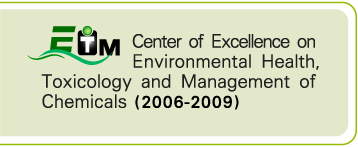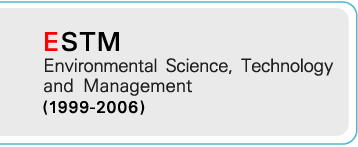| Stenotrophomonas maltophilia MfsA (Smlt1083) is a multidrug efflux pump in the major facilitator superfamily (MFS). Deletion of mfsA renders the strain more susceptible to multiple structurally non-related drugs including paraquat, kanamycin, streptomycin, neomycin, norfloxacin, chloramphenicol and tetracycline. No alteration in the susceptibility levels of the delta-mfsA mutant to other quaternary ammonium compounds such as benzethonium chloride, benzalkonium chloride, ethidium bromide and cetylpyridinium chloride was observed. The expression of mfsA is inducible upon challenging with redox cycling/superoxide generating drugs (paraquat, menadione and plumbagin) and is directly regulated by SoxR, a transcription regulator that senses and responds to superoxide generating agents. The soxR (smlt1084) is located next to mfsA in a head-to-head fashion and shares the promoter sequences. Purified SoxR specifically binds to the putative mfsA promoter region, which contains a single nucleotide sequence, which is homologous to consensus SoxR binding site. Mutation of the SoxR binding site significantly lowers binding affinity of purified SoxR protein. The SoxR box is located between the putative -35 and -10 promoter motif of mfsA; this position is typical for the promoter that SoxR regulates as transcriptional activator. Corresponding to SoxR promoter, the SoxR binding site covers the transcription start site of sSoxR transcript, thus binding of SoxR autorepresses its transcription. Taken together, our results reveal for the first time that mfsA is the novel member of SoxR regulon, in which SoxR binds and directly regulates its expression and mfsA would possibly be used as a drug target to render S. maltophilia more susceptible to antibiotics.
แหล่งข้อมูล:
|
 Center of Excellence on Environmental Health and Toxicology (EHT)
Center of Excellence on Environmental Health and Toxicology (EHT)










